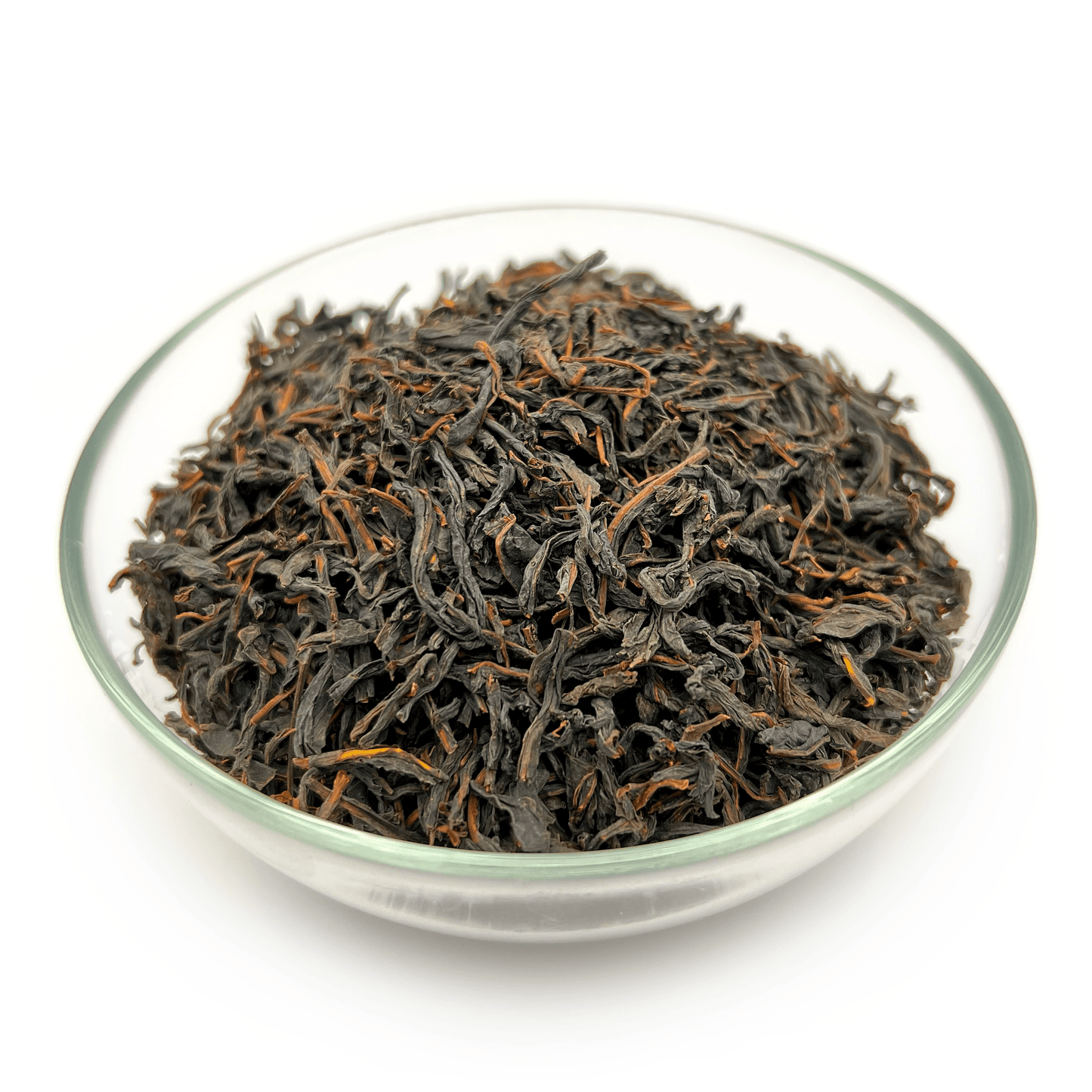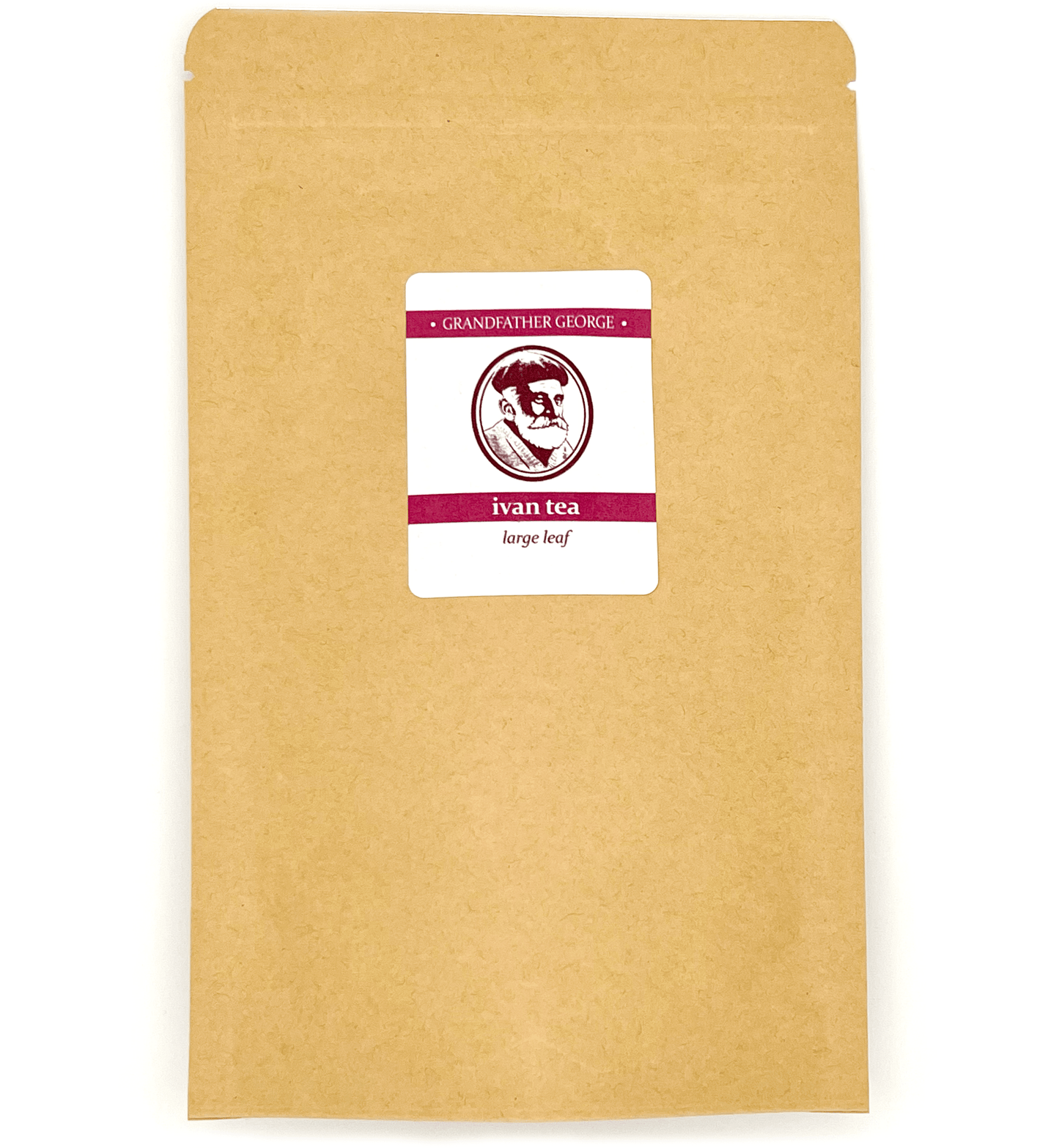You can often find both large-sized and granulated willow tea on sale. Clients often ask, what is the difference? Moreover, granulated Ivan tea usually costs less than large-leaf tea. Let's figure it out.
Production Methods of Loose Leaf and Granulated Ivan Tea
Granulated tea is a method of processing raw materials using a special technique whereby the tea leaf is transformed into distinctive granules after finely grinding it. The granules from the cyprus leaf contain only the leaf itself and nothing more; the same raw material and leaf used in the production of other types of Ivan tea are used to prepare the granules.
During the production of both loose leaf and granulated tea, the tea leaf undergoes almost identical stages:
-
Harvesting: For the production of loose leaf tea, 2-3 leaves that appear on the branch later are taken, while for granulated tea production, leaves from the entire stem are used. Only obvious defects are excluded: rigid material from the ground, dirty, or torn leaves.
-
Withering: This stage is necessary to reduce the moisture content in the leaves to the optimum level (70-75%). The raw material is placed on racks to ensure good ventilation from all sides and is covered from direct sunlight.
-
Pre-processing: In the case of loose leaf tea production, this stage involves twisting the dry leaf under pressure. Conveyor belts in the form of rollers are used here. Pressure settings during processing alternate: time without pressure, with low pressure, with high pressure, and so on. Granulated tea is transformed into granules at this stage: fine debris is sifted out using a sifter, and lumps are broken up. Then the tea leaves undergo maceration: a machine crushes the tea leaf, turning it into a fine pulp. At this stage, intracellular moisture is released, allowing the cyprus to ferment by 99.9%. The resulting mass is transferred to a machine that rolls it into granules.
-
Fermentation: The processed leaf is moved to a machine where the oxidation process takes place.
-
Drying: To harden the tea and give it the familiar black color, it is dried at high temperatures in a special machine. As a result, the tea leaf retains less than 3% moisture.
-
Sorting and Packaging: A special sorting machine divides the tea into fractions depending on the size of the resulting brew. The finer the tea granules, the faster it brews. Fine-fraction loose leaf tea has the same characteristic.
From leaf collection to batch packaging, the process takes from one to two days.
Qualities of Loose Leaf and Granulated Ivan Tea
Loose leaf tea possesses a soft taste, characterized by a balanced blend of aroma and bitterness. In such tea, the notes of the plant from which it was produced are more noticeable.
At the same time, freshly brewed granulated tea boasts a more vibrant and robust flavor; it is stronger. It is also believed that the smaller the granule, the higher the quality of the tea, as its taste acquires a special depth.
When brewing tea, the principle applies: the smaller the size of the brew, the faster the tea brews. This is why loose leaf tea requires steeping, while granulated tea only needs 3-4 minutes.
Another difference is the quantity required for brewing. Granulated tea requires less: 2 grams per cup of 200 ml; loose leaf tea requires 3 grams for the same volume. For enthusiasts of strong teas, it is important to consider brewing time: in the former case, the beverage acquires a rich taste almost immediately, while in the latter, it needs time to steep.
Which Ivan tea is better?
Granulated tea brews faster than loose leaf tea, but it has a less intense taste and aroma. Loose leaf tea can be steeped multiple times, while granulated tea releases all its beneficial substances during the first brewing. The main difference in brewing between loose leaf and granulated tea is that granulated tea requires 7-10 minutes, while loose leaf tea needs 10-15 minutes; otherwise, the brewing recipes are absolutely identical.






